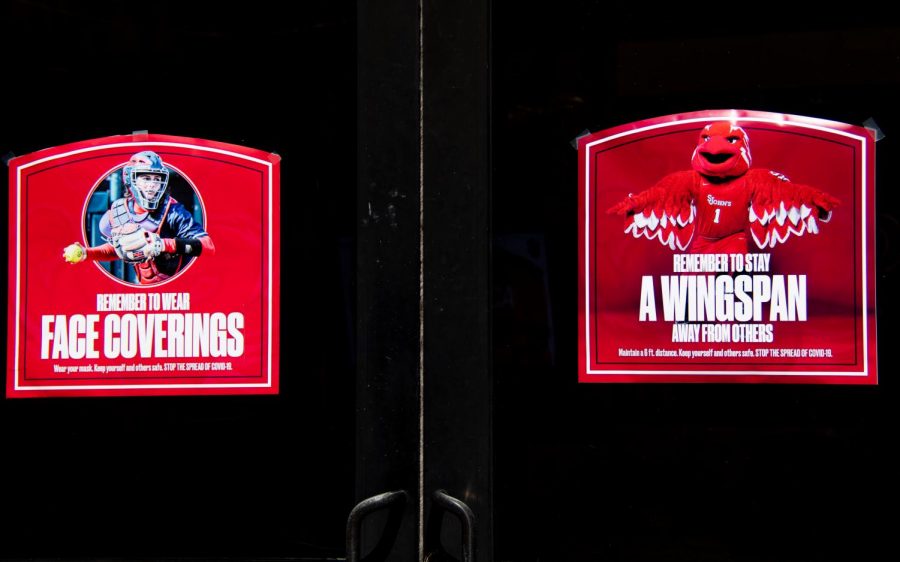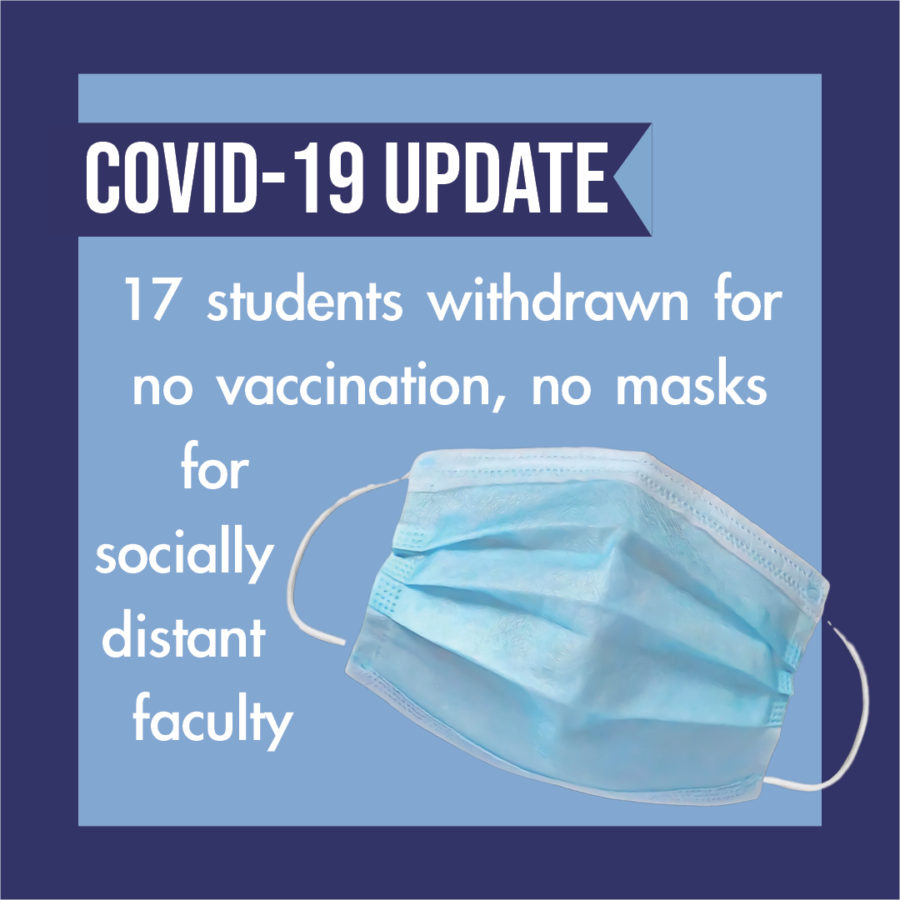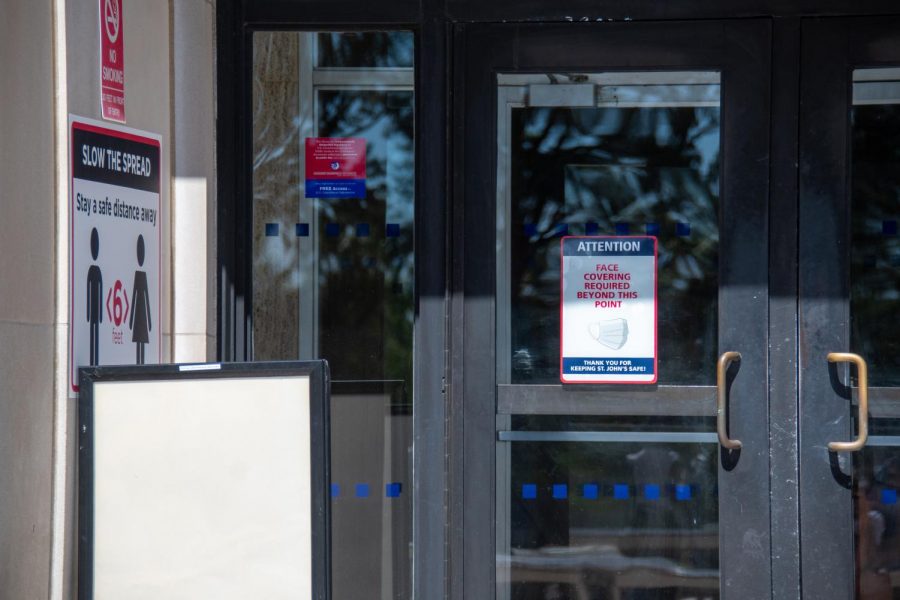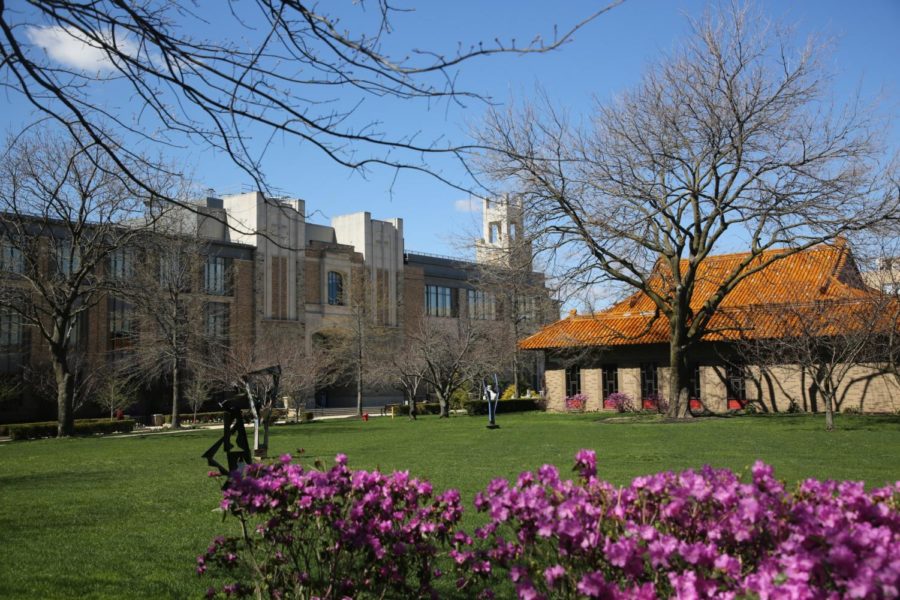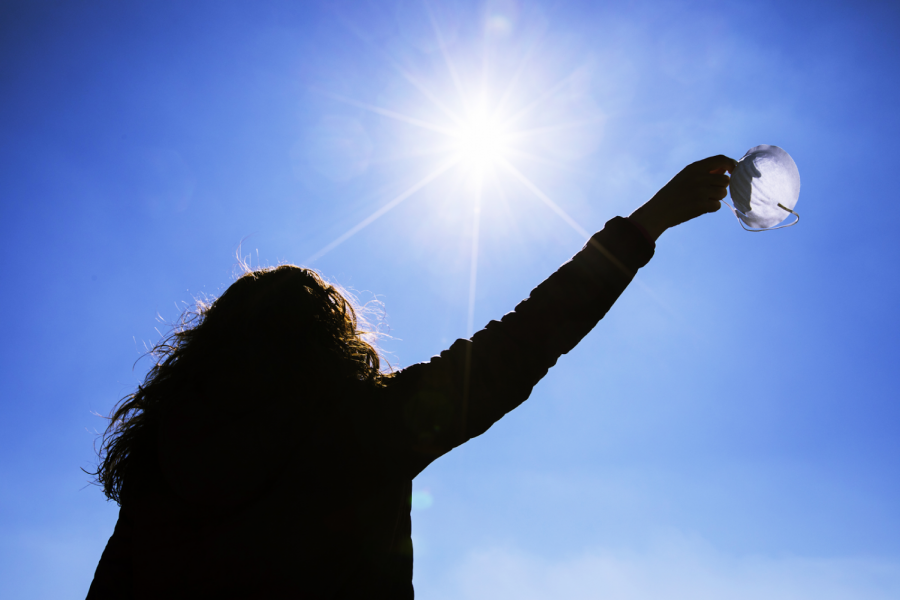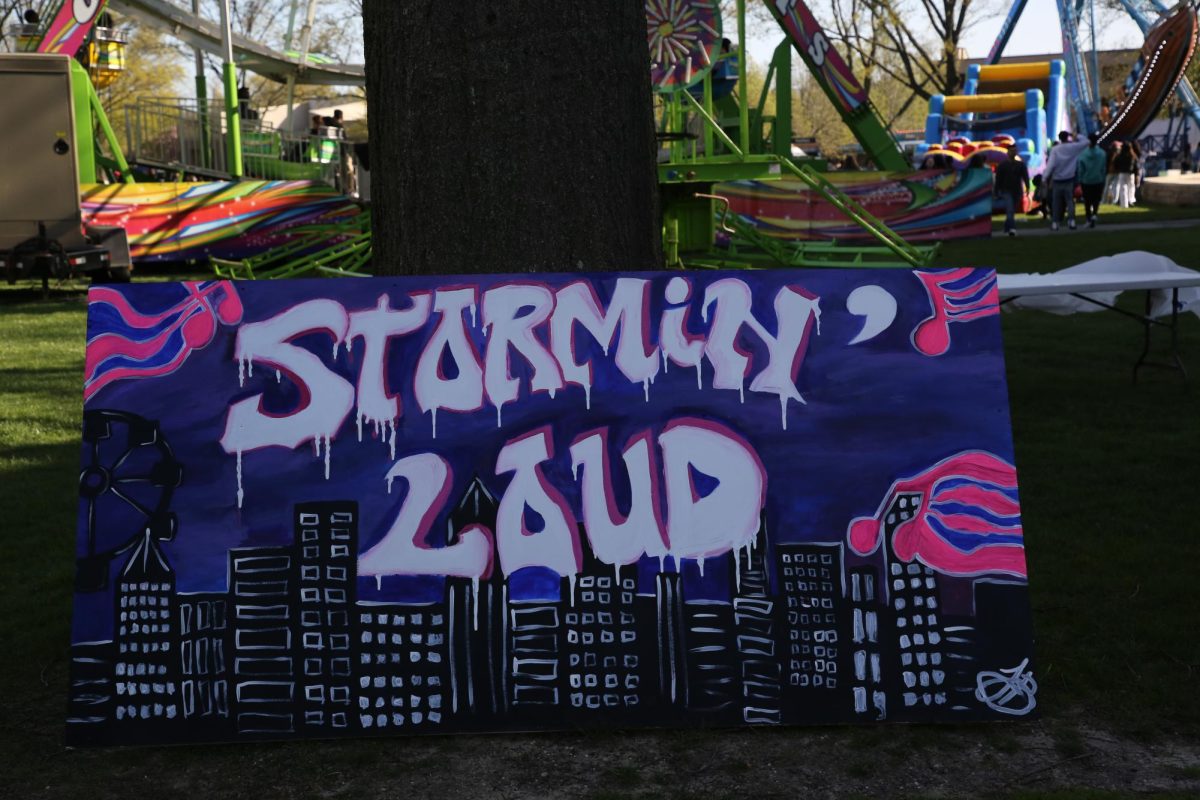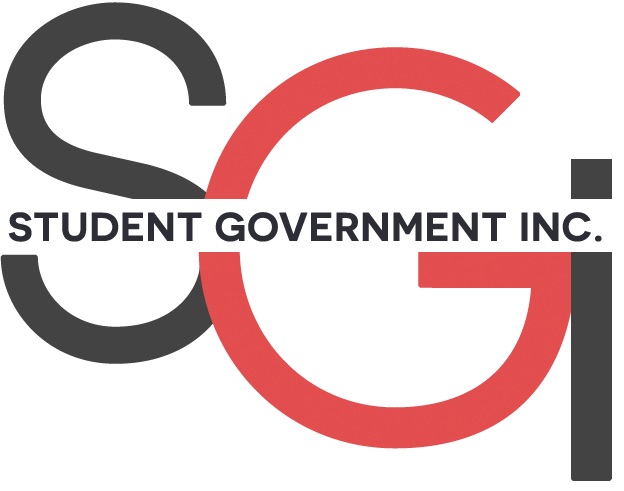A member of the St. John’s University Queens campus community tested positive for COVID-19 on Sunday, Aug. 23, according to the University website. The positive test came a day before classes began, illustrating the inherent challenges of holding the fall semester in person amid the COVID-19 pandemic.
As of the time of publication of this article, there has been no internal communication emailed to the University community regarding this case. This information is located under the campus health and COVID-19 monitoring tab on the “St. John’s Reopens” page of the University website, on the Reported Cases landing page.
The local public health department — which cannot be disclosed for reasons of health privacy — has since been notified and contact tracing using information from the individual was conducted, resulting in seven other people entering quarantine, none of whom report experiencing symptoms at this time, according to the announcement.
“It is believed that the risk of exposure to other members of the campus community is low,” the announcement said.
The University has not specified whether the involved persons are students, faculty or employees.
“Students may complete quarantine in their regular student-housing while students that need to self-isolate do so in St. Vincent Hall. Please note the difference between ‘self-isolation’ and ‘quarantine,’” University Spokesperson Brian Browne said.
“According to the Centers for Disease Control & Prevention (CDC), isolation ‘separates sick people with a contagious disease from people who are not sick,’ while quarantine ‘separates and restricts the movement of people who were exposed to a contagious disease to see if they become sick.’”
The positive result was not indicated by a ‘red’ campus pass, according to Browne. “This person reported their positive COVID-19 test result directly to the University,” he told the Torch.
“Individual follow-up on all ‘red’ passes is completed by the University,” Browne said. “The Office of Student Health Services is responsible for students and the Office of Human Resources is responsible for employees.”
Positive results and information regarding new cases on the “St. John’s Reopens” page of the University website is gathered and communicated by the Return to Campus Taskforce (RCTF), according to Browne. Known cases of COVID-19 in the St. John’s community are shared on the “Reported Cases” landing page of this website.
The University states that it will be using a variety of metrics in order to monitor infection rates and the risk of transmission on campus including the number of “positive tests reported, people self-isolating, on-campus quarantine capacity [and the] number of ‘red’ passes issued by the ‘Campus Pass’ self-screening tool,” among other criteria, according to the website.
The only other reported cases that have been formally announced by the University are the three students who arrived on campus for quarantine in early August and tested positive upon arrival. These students arrived on Aug. 1 with other students arriving from high-risk states, or from abroad, who were required to quarantine on-site until Aug. 16.
An internal communication emailed to the St. John’s community on Friday, Aug. 21, and published to the “Reported Cases” landing page on the same date described that these students were relocated to an isolation facility and remained in isolation until they were medically cleared to return to regular campus activities.
Other colleges and universities reopening across the country are facing their own unique challenges upon arrival. On Aug. 21 the University of North Carolina at Chapel Hill announced that all undergraduate classes would be held online after COVID-19 cases were identified on campus, just one week into the semester. Similarly, the University of Notre Dame switched to online classes on Aug. 19 after a surge of positive cases were reported on campus.
New York state has seen a decline in positive COVID-19 cases since the height of pandemic in the state in late March and April, with an infection rate below one percent for over two consecutive weeks.
More coronavirus-related news affecting the St. John’s community can be found on the Torch’s coronavirus landing page.
If you enjoyed reading and would like to continue reading more articles like this, please consider donating to the Torch here to support student journalism and #KeepTheTorchLit.




